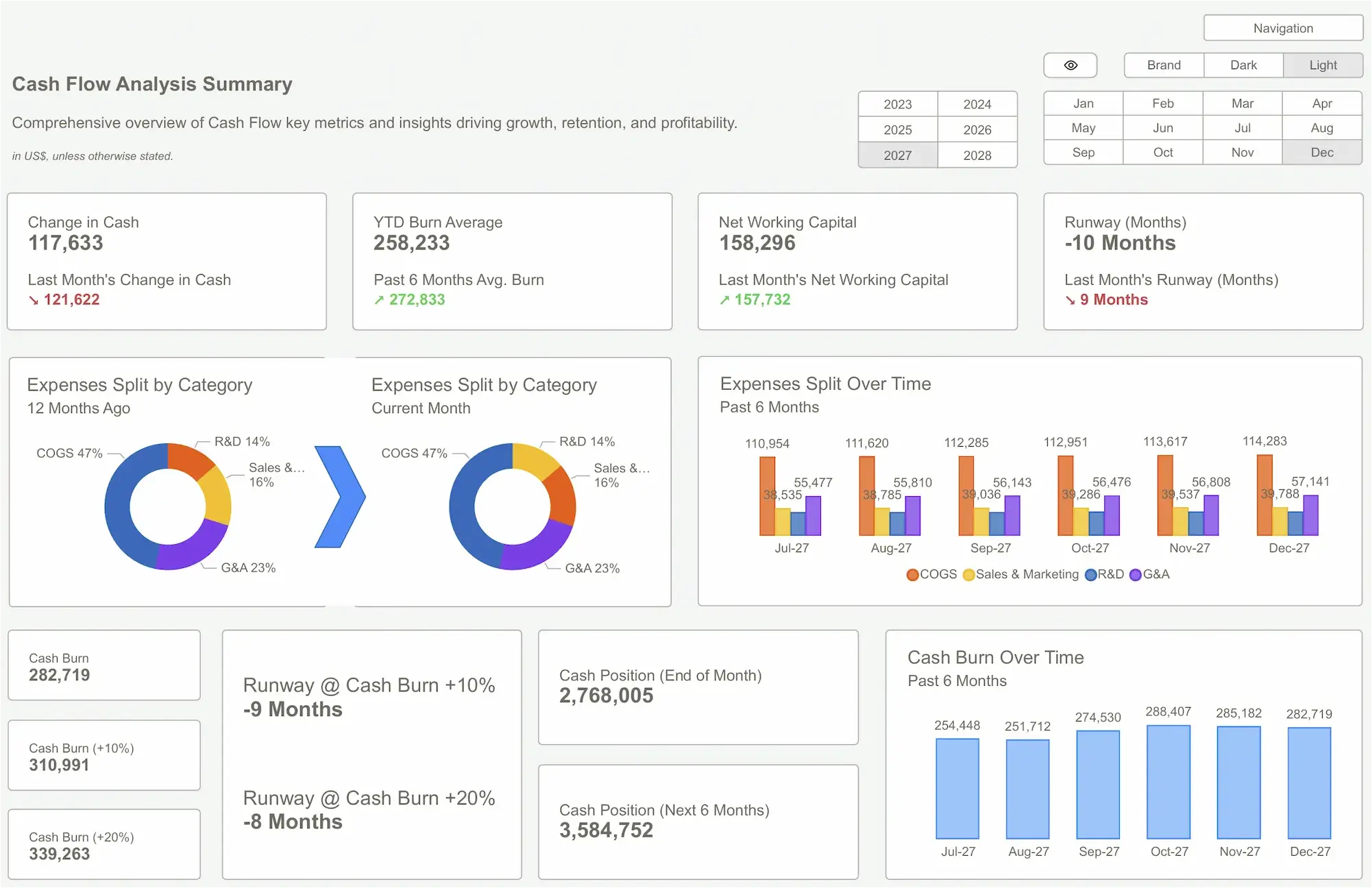Retention and churn dominate every SaaS board deck. Operators and investors alike treat them as the holy grail of subscription metrics. But buried beneath those numbers is a quieter, more revealing indicator: Survivorship.
Survivorship measures how many customers actually fulfill their full-term commitment—usually 12 months—not just how many click “renew.” It’s a subtle but crucial distinction. Retention tells you who stayed. Survivorship tells you who finished.
For SaaS CFOs, FP&A leads, and especially investors, ignoring Survivorship means missing the clearest signal of customer satisfaction, product-market fit, and future revenue risk.
Let’s unpack why.
The Blind Spot in SaaS Metrics
Most SaaS companies treat churn and retention as two sides of the same coin:
- Churn = the percent of customers who cancel.
- Retention = the percent of customers who don’t.
These metrics typically hinge on renewal behavior—especially for annual contracts. But here’s the problem: renewal behavior isn’t the same as usage behavior.
A customer might:
- Sign an annual contract in January.
- Stop using the product in March.
- Quietly ride out the contract until December.
- Never return.
In your retention analysis? That’s a “win.”
In reality? That’s a dead customer walking.
Enter Survivorship.
Survivorship tracks the percentage of customers who remain active and engaged through the entire commitment period—not just those who avoid cancellation. It’s the answer to: Who actually made it across the 12-month finish line?
 FP&A
FP&AWhy Survivorship Belongs in FP&A
From an FP&A lens, survivorship is a stronger signal than churn or gross retention. Here’s why:
- It catches “contractual zombies.” Your books show 100 active accounts. Survivorship reveals only 78 are actually alive.
- It aligns with usage-based forecasting. Forecasting renewals based on historical billing ignores product fatigue. Survivorship corrects for that.
- It adds credibility to LTV and CAC. If 20% of “retained” customers ghost mid-year, your LTV math is fiction.
A simple survivorship formula looks like this:
Survivorship Rate = (Number of customers who used the product at least once in month 12) ÷ (Number of customers who started their contract)
You can refine this by defining “used” as login frequency, API calls, or feature engagement.
For investors, Survivorship helps surface latent risks hidden behind solid-looking MRR. For founders, it’s an early warning sign of churn-in-waiting.
 FP&A That Actually Changes Outcomes
FP&A That Actually Changes OutcomesHow to Operationalize Survivorship in SaaS
Survivorship isn’t just a KPI—it’s a mindset shift. To use it well, you’ll need to:
- Define "active" clearly. A login isn’t always engagement. Choose a metric that reflects actual product value.
- Layer it into your FP&A model. Survivorship can drive better assumptions around revenue continuity, support load, and expansion potential.
- Use it for segmentation. Survivorship by customer cohort, industry, or ACV tier will reveal your strongest and weakest segments.
- Talk about it with your board. Especially with investors. Survivorship shows maturity—it’s what a real operator tracks.
Bonus: Survivorship is brutally honest. Unlike churn, it’s harder to game with policy tweaks or cancellation friction. If your survivorship is dropping, something real is breaking.
 FP&A | Prophix – 10 Best FP&A Courses You NeedData Analytics Consulting
FP&A | Prophix – 10 Best FP&A Courses You NeedData Analytics ConsultingRetention can hide the truth. Churn can be delayed. But survivorship shows you who really stayed for the journey.
If you want to stop flying blind in SaaS FP&A, start tracking the metric that cuts through the noise. Survivorship won’t flatter your board slides—but it will sharpen your strategy.
And for investors? Survivorship is a signal you can trust.
Get in Touch → Contact No Black Swan for Expert GuidanceGet Started >
Ready to Unlock The Full Power of Clarity?
Explore our engagement options and pick the plan that fits your workflow.




